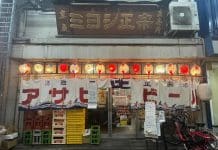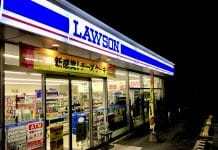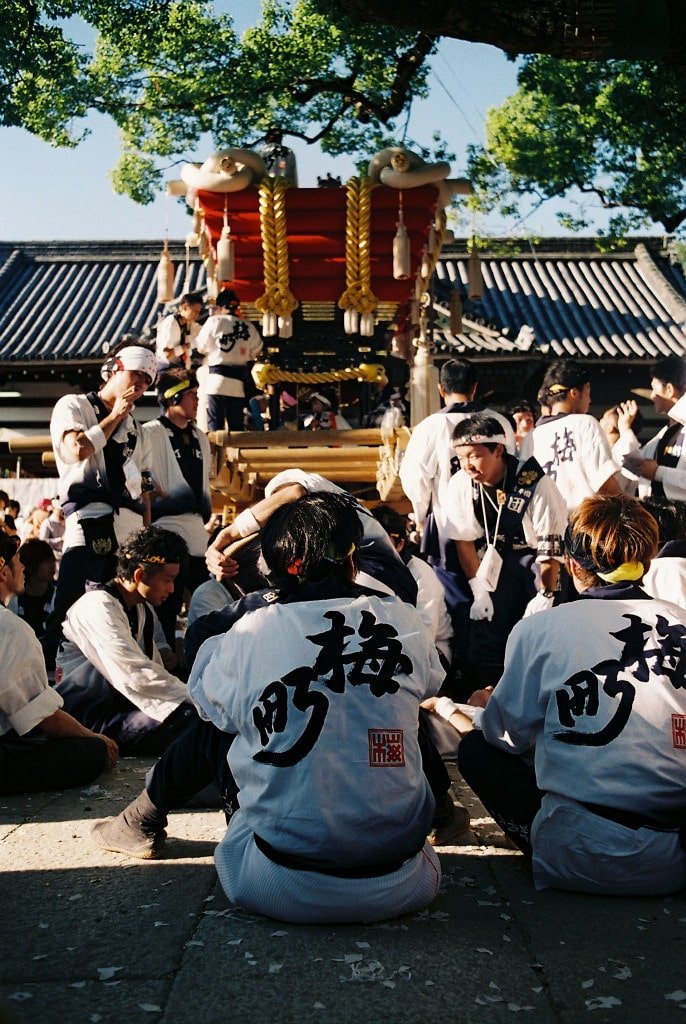
Table of Contents
What is the Sakai Festival?
The Sakai Festival takes place just south of the centre of Osaka, in Sakai city. It’s the largest festival of Sakai City that involves various performers, food from across the globe, and traditional Japanese ceremonies. People from Osaka celebrate the deep history of the city and how it has grown to become the city we know of today. From local Japanese traditions to international migrants, everything is on show in a spectacular festival.
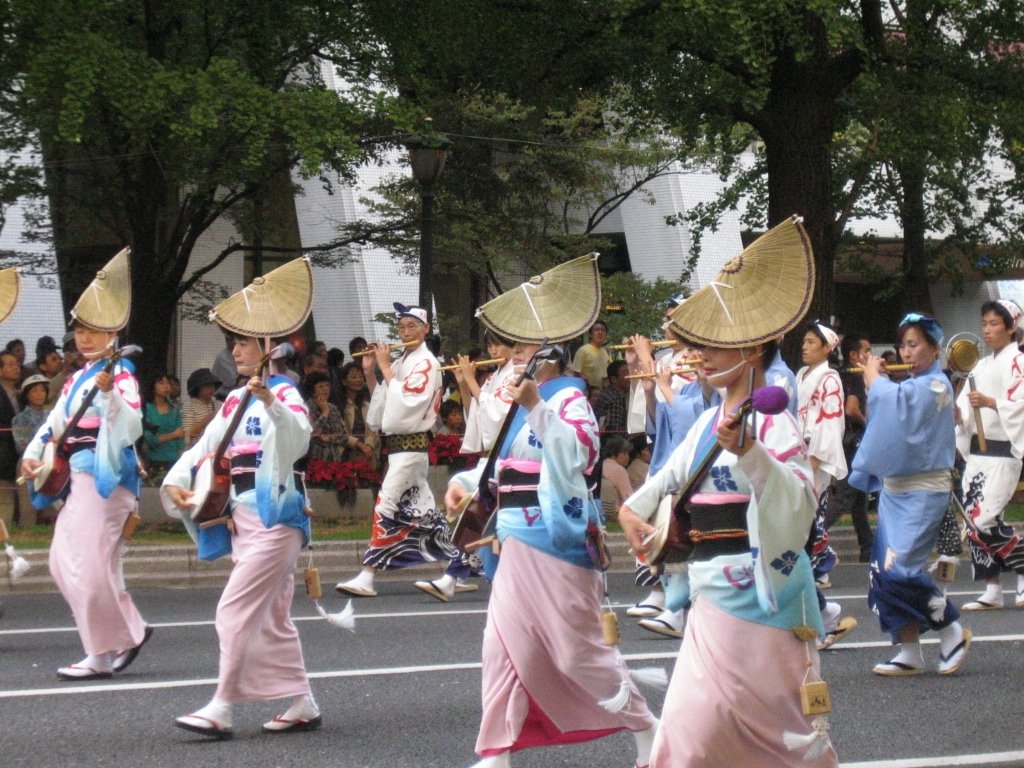
History of the Sakai Festival
The origin of the Sakai Festival ties in with the Sumiyoshi Matsuri, over 400 years ago. This is one of the most loved Summer festivals along with the Tenjin Matsuri and Aizen Matsuri. The Sumiyoshi festival is beautifully depicted on a folding screen, which features Sakai City. In the depiction, you can see various international merchants, gun manufacturing, and elaborate architecture.
Sakai Festival Events
The festival’s main events are the Pre-parade Party, Grand Parade, Grand Tea Ceremony, and Namban Markets, and are held in the Civic Square in front of the Sakai City Office and the area around the Sakai Ginza Shopping Arcade.
Pre-parade party
Firstly, the pre parade takes place on the Saturday before the parade at the Sakai Civic Hall. The parade includes local performers, entertainers, comedians, and a host of local street food.
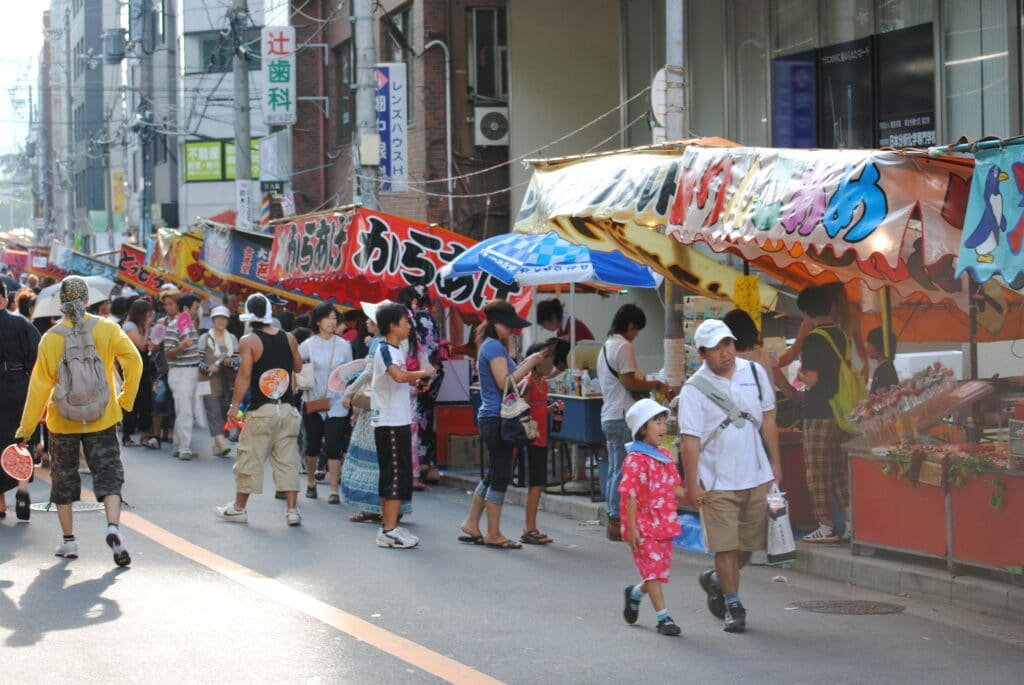
Namban Market
The Namban markets takes place in Xavier Park and recreates the culture of Saka’s prosperous merchants in the Middle Ages. The name “Namban” means “southern barbarian” and is the name given to the early Portugese people who arrived in Japan in the 16th century. The markets features local products for sale, including traditional Japanese sweets (wagashi), knives, and textiles. Furthermore, there are food stalls offering foods from around the world as well as local performers.
Grand Parade
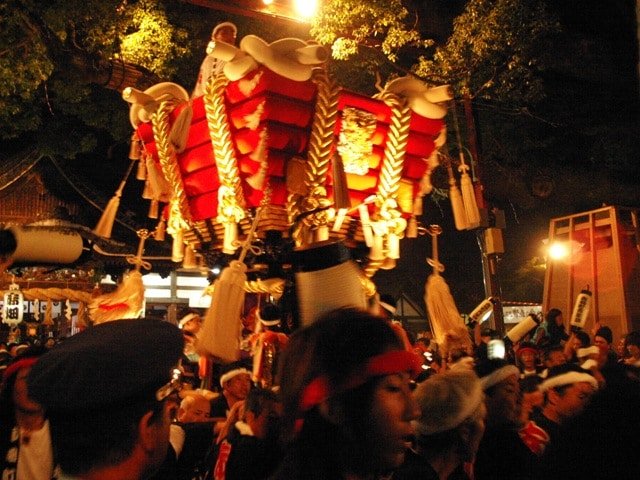
Grand Tea Ceremony
The last event is a traditional tea ceremony that is in honor of the historical figure, Sen-no-Rikyu. Two simultaneous tea ceremonies take place at Daisen Park, and the other at Nanshu-ji temple. At Daisen Park, university and kindergarten students, together with the sencha association, host an open-air tea ceremony. Inside the park, there are two Sakai Tea Rooms, one called Obaian and one called Shinan. These are national registered tangible cultural properties, which connects through a tea garden.
Secondly, at Nanshu-ji temple, three schools of tea ceremony that descend from Sen-no-Rikyu’s style takes place. Sen-no-Rikyu is a historical figure of Japan and especially Sakai City. During the 16th century, Sakai City was booming as a trading based city. Although his parents were wealthy trade merchants, Sen-no-Rikyu decided to learn the ways of traditional tea ceremony. At the age of 17, he started learning from his masters and gradually incorporated his own ways and further Zen concepts. Rikyu found the beauty in nature and simplicity, which made significant movements through Japanese culture.

Food Stalls
Finally, there are abundance of food stalls lining the surrounding streets. Traditional local Osaka food is available, such as takoyaki and yakisoba. It is a fantastic way to enjoy klocal cuisine with the local festivities making it the perfect Japanese experience.
Watch a video on the Sakai Festival here
Access
Dates: Every third weekend in October every year.
Place: Civic Square in front of the Sakai City Office, Oshoji Symbol Road
Address: Sakai-ku, Sakai-shi, Osaka
Official Website
Access: Due to the grand parade, traffic around the area is strictly controlled so several roads will be closed. Public transportation is advised with the nearest stations being the Sakai Station and Sakai Higashi station.
Final
Overall, the Sakai Festival is a fantastic way to see some of the history of Osaka. Although just outside Osaka’s city centre, the parade and performance are well worth seeing! Finally, the tea ceremonies are well worth a watch and give a fascinating insight into how locals celebrate their heritage.






